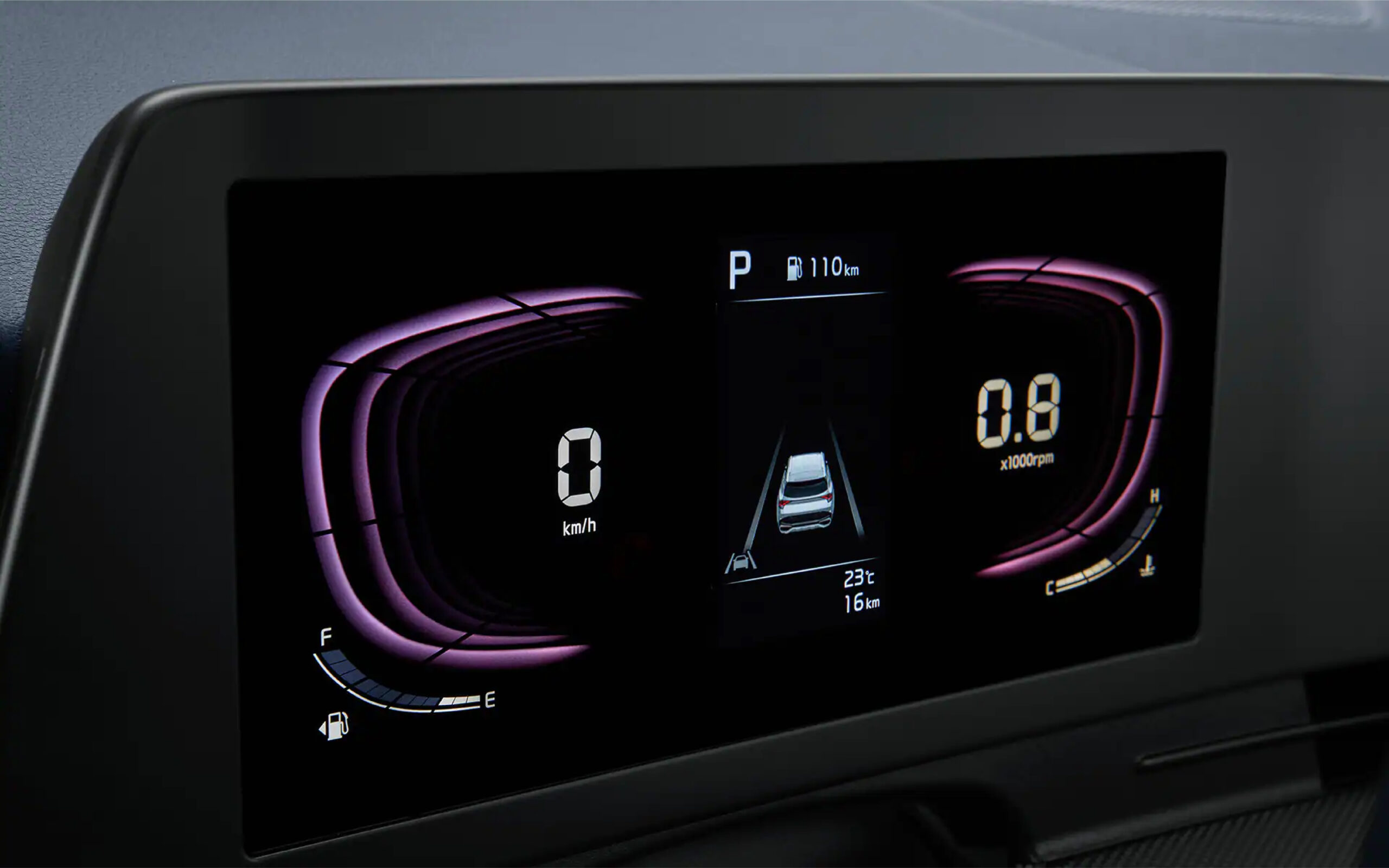Easy-to-Use Altia HMI Design and Development Environment Gives Automaker Freedom to Innovate
The Customer
Hyundai Kia Motor Company, one of the world’s leading automotive OEMs, recently began using Altia Design, Altia’s HMI design/editing package, and DeepScreen, Altia’s code generator. Hyundai now uses the Altia platform to accelerate development of all its 4.2-inch instrument clusters, including the designs in its newest Kia mid-size SUV—the Kia Sportage.
Full Design Control
Ensuring the integrity of cluster design concepts is what drew Hyundai to Altia. With Altia Design, they can design, test and specify instrument cluster ideas within their own design studio. This enables the OEM to remove developmental steps with outside Tier One suppliers and shorten their design timelines. Moreover, Hyundai’s partners can use the Altia-generated code in their implementation. With Altia Design, Hyundai can maintain their design vision all the way to the final product.
Altia Design, Altia’s full-feature UI design, simulation and model integration environment, allows users to quickly build and iterate high-fidelity, functionally complete prototypes and GUIs. Users can describe animation, stimulus and behavior without programming; furthermore, they can import, create and control objects from third-party environments.
Once specified in Altia Design, Hyundai’s concepts go directly into DeepScreen, Altia’s code generator, to generate production-grade code that is deployable onto the selected hardware platform. The result is hardened software that a Tier One can directly use in a final production implementation.
Hyundai enjoys multiple benefits from Altia’s software. Because they own the implementation, the OEM has control over pricing. On the creative side, Hyundai’s instrumentation team likes the ability to do designs without relying on writing code.
“Automotive design professionals come from a mixture of disciplines. Some are more comfortable with the graphics side, which others are more software-focused,” commented Michael Hill, Altia Vice President of Engineering. “So, the ability for everyone to sit at the same table and use Altia Design to come up with a solution is incredibly valuable.”
The ability for everyone to sit at the same table and use Altia Design to come up with a solution is incredibly valuable.
- Michael Hill, Altia Vice President of Engineering
Testing Proves Altia Performance
Before committing to Altia’s platforms, Hyundai did a performance test on the products.
“We were tasked with showing we could run a certain graphics type on near-production hardware, and that we could deliver the same performance or better,” noted Hill. “Next we had to show that our generated code was of a certain size. Finally, we had to meet certain speed and footprint parameters.” Subsequent analysis showed that Altia DeepScreen, working in tandem with Altia Design, exceeded the performance requirements.
Efficiency for the Future
As OEMs know, design cycles for cluster components can be extensive. Altia Design and DeepScreen have significantly shortened Hyundai’s design-to-handoff cycle with their Tier One partners and, perhaps even more importantly, their ability to deploy innovative graphics in their instrument clusters on hardware requiring lower power consumption.
Hyundai is now able to define every aspect of their 4.2-inch cluster designs, from concept through bill of materials, on models such as the new Kia Sportage.
“Altia software has helped OEMs and Tier 1 suppliers all over the world to streamline their collaboration and development processes,” said Hill. “The ease-of-use and strong feature set available with Altia’s products have enabled companies like Hyundai and many more to define their vehicle HMI solutions more fully and implement those solutions dependably.”
